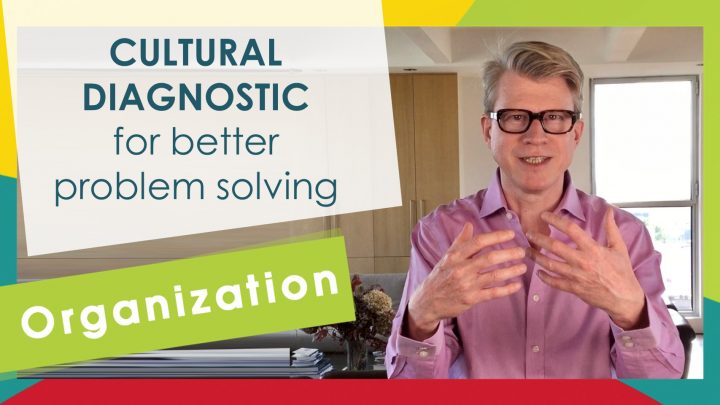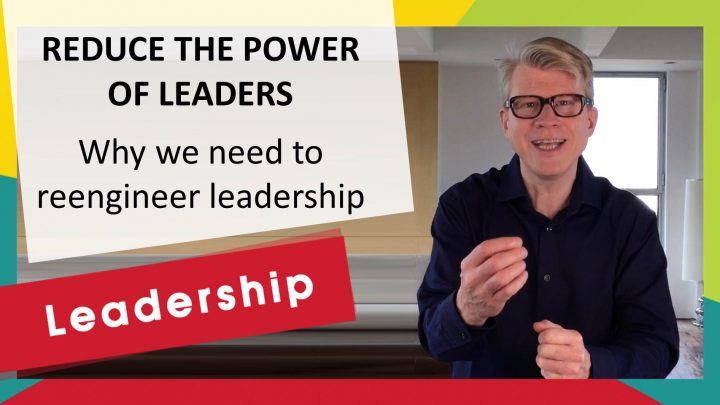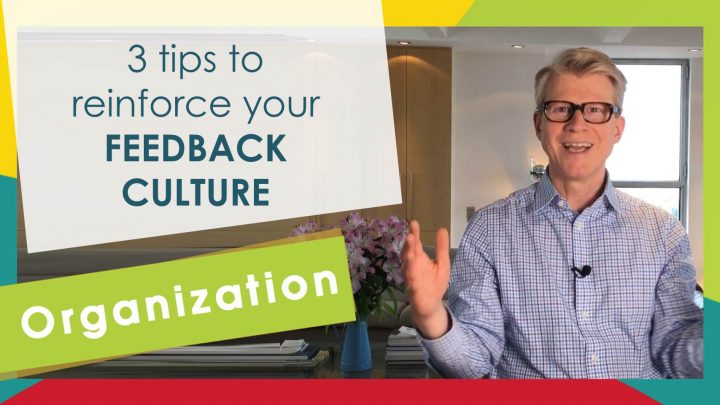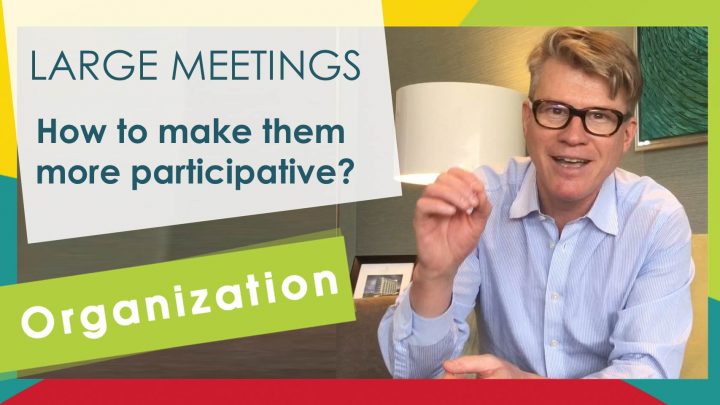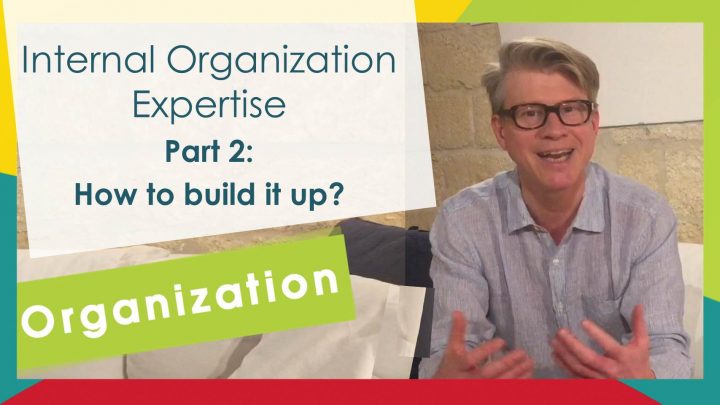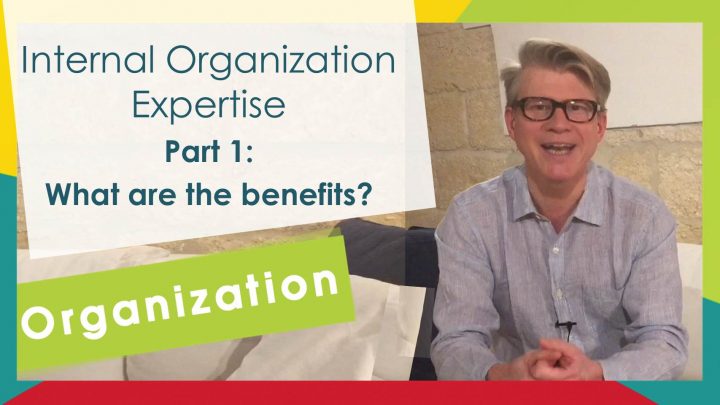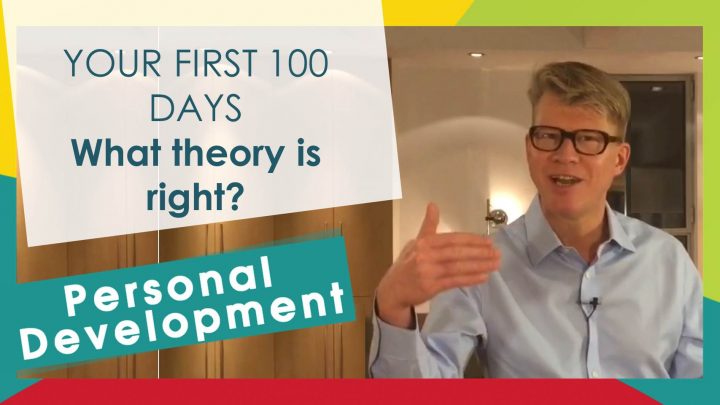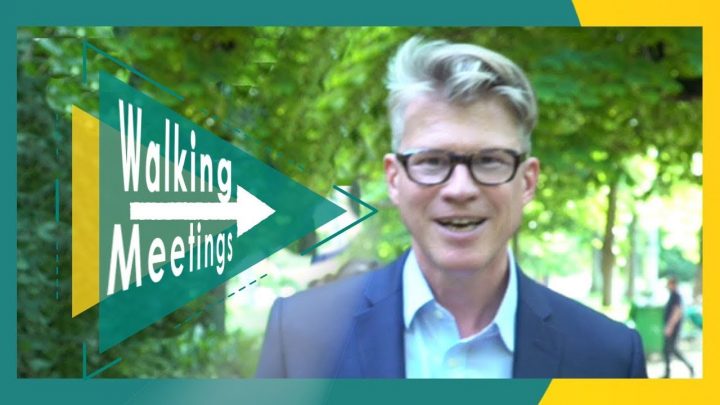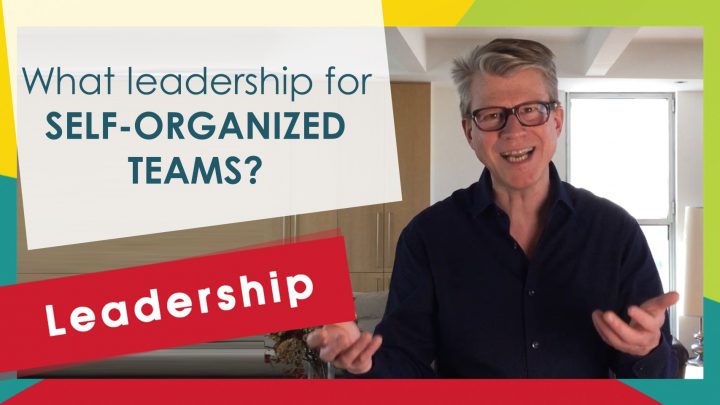
With the development of self-organization, hierarchical leadership roles will be reduced. Leadership will not disappear, but it will significantly change: It will become part of the team activities. Defining who takes leadership responsibility within the team and how that leadership is exercised will be part of the team’s self-determination. This video outlines how teams will self-organize leadership. Could this be a next step in YOUR leadership development journey?
